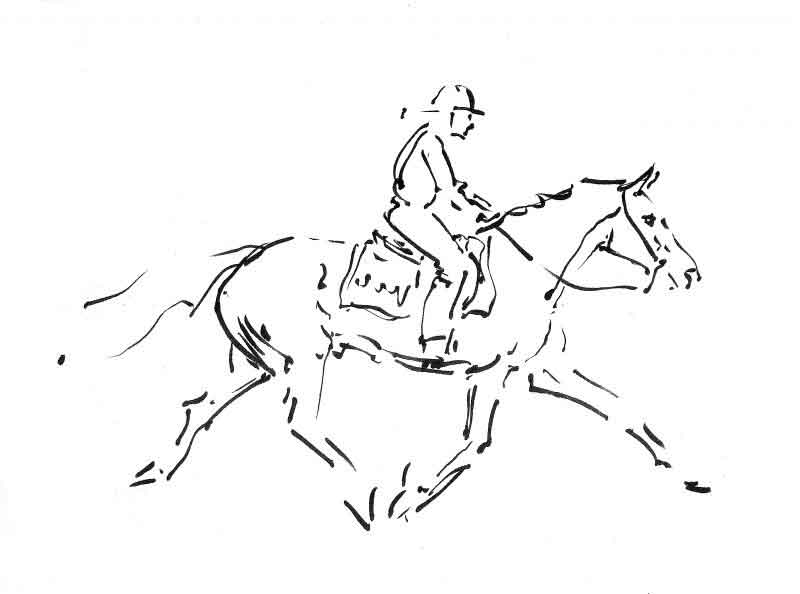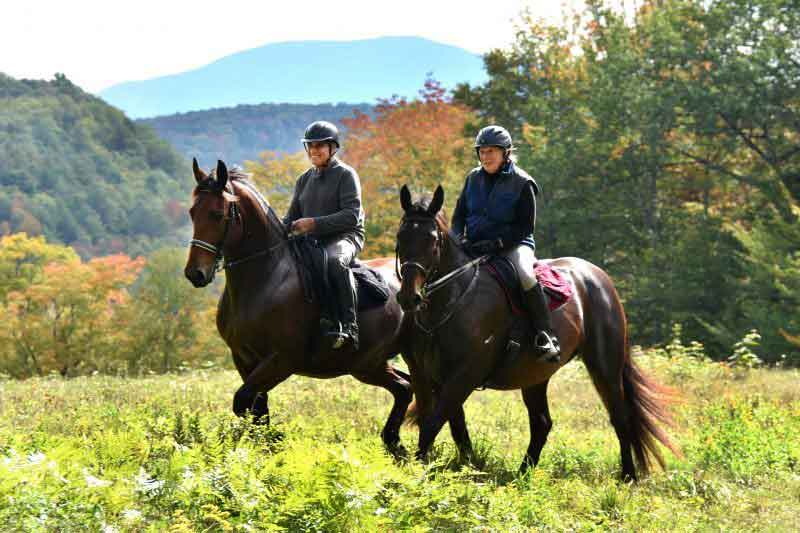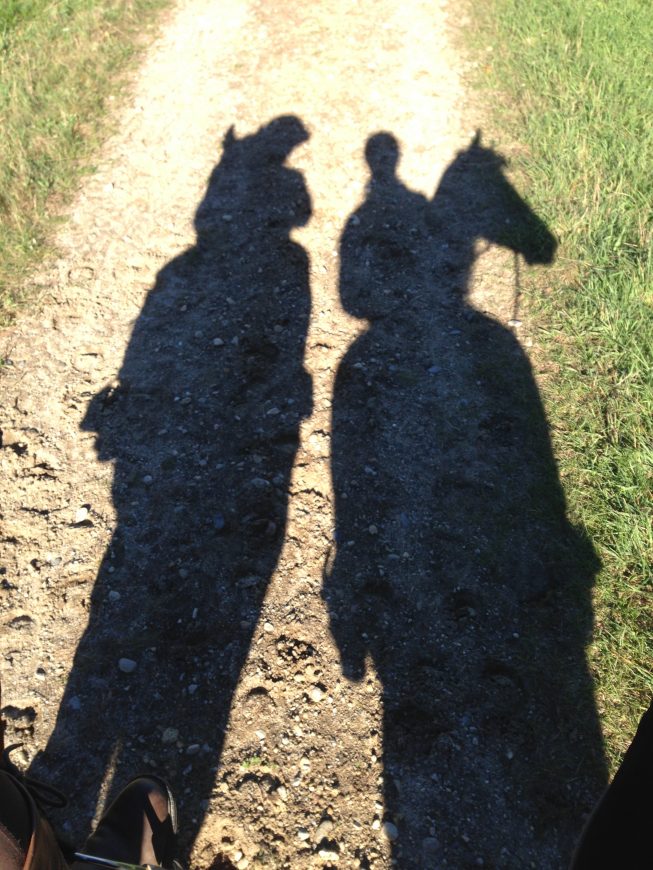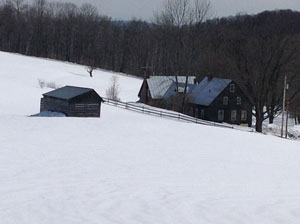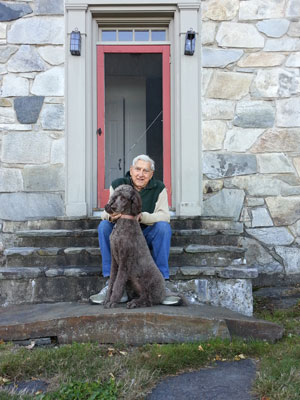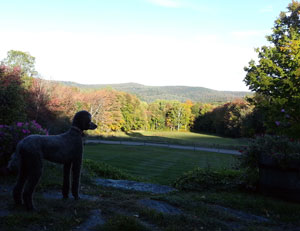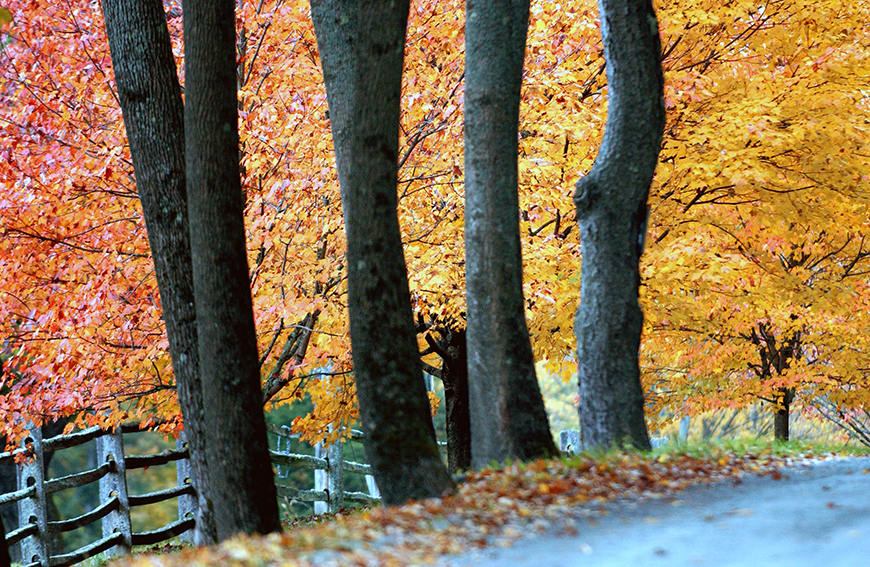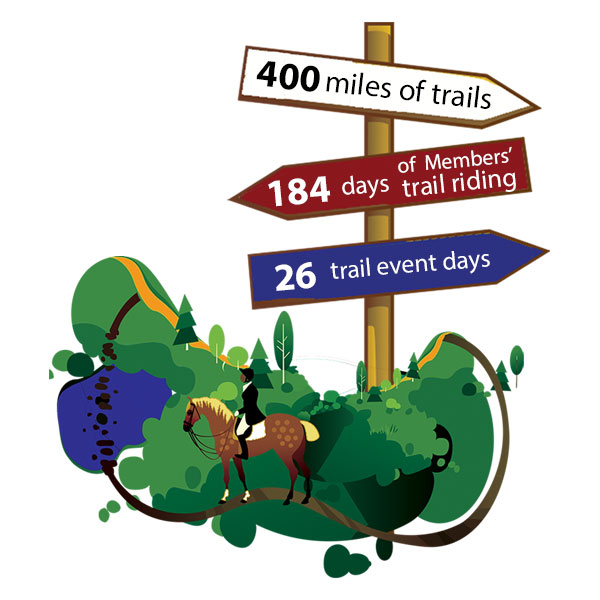by Chelle Grald
If the area around South Woodstock were a fabric it would be a charming tapestry, patterned with scenes of horses, antique homes and rolling hills. The weave would be a bit rustic – reflecting the old Vermont traditions that are still alive and well. Quality would be evident – in rich colors, softness and artistry. The tapestry that is greater Woodstock would stand out as unique when laid alongside Burlington, Middlebury, Manchester, or Montpelier. It would look more similar to Southern Pines, North Carolina; Aiken, South Carolina; Middlebrook, New York; or Middleburg, Virginia – yet with a character and charm all its own. The common threads would be horses, landscapes, and people enjoying both.
GMHA icon Roger Maher put it well when he expressed our founding purpose by stating that, “riding country is our priority – dirt roads and trails – and the GMHA members who come to South Woodstock to enjoy them.”
For almost a century, like- minded equestrians have populated this landscape and woven that priority into the community. They have settled here or bought second homes, impacted town government, raised children, started businesses, and developed over 300 miles of interconnected trails to perpetuate their joy. They have been joined by hikers, bikers, cross-country skiers, snowmobilers, hunters, loggers, conservationists and others who recognize the value of the land. Together we make a trails culture that is more than just nice – it makes economic sense.
The Bigger Question
We already know from a 2010 study by the Tuck School of Business at Dartmouth College that GMHA impacts the local economy to the tune of $4.2 million per year. That comprises both GMHA and visitor spending of $3.3 million and secondary impacts of $.9 million. Local businesses agree that GMHA impacts the community positively, with 81% believing our presence is ‘Positive’ or ‘Highly Positive.’ But there’s more to this economic picture than how much GMHA and its visitors spend each season. We can ask a bigger question: how do trails and open space impact the value of real estate and the resulting tax revenue that supports towns? Who lives here and pays those taxes, and how does that impact the nature of day-to-day commerce, job opportunities and overall health?
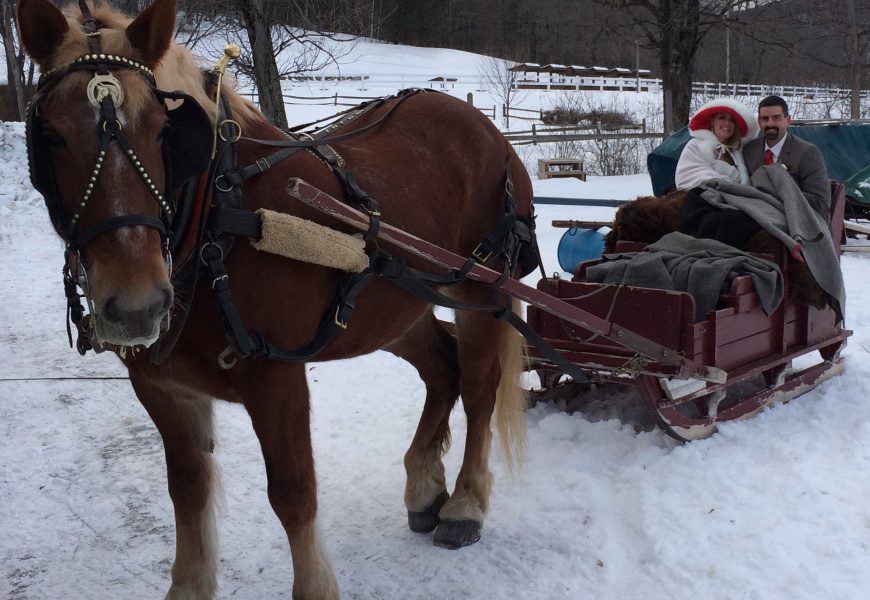
Horses and Property Values
The Equestrian Land Conservation Resource researched this question across the U.S. in 2012 and concluded as follows: “For the community as a whole, proximity to green space improves land values and, therefore, tax receipts. Conserved agricultural land generates a reliably high benefit. For example, for every one percent increase in conserved agricultural lands, studies in Maryland, Colorado, Oregon and Texas revealed that communities experienced revenue increases ranging from $250,000 to $500,000.” But there’s more. There seems to be an even greater connection when horses are involved, as their study showed that “In communities where land is preserved specifically for horse usage, economic benefits are greater still. In addition to increased property taxes, communities experience a range of financial benefits that come along with the horse industry. For instance, in Montgomery County, Maryland, a survey determined that their 783 horse farms, mostly of modest size, generated nearly $90 million in economic activity, with the average farm infusing more than $84,000 into the local economy. In Aiken, South Carolina, a 2007 study revealed that the horse industry was the community’s largest and most reliable economic driver. Moreover, both communities determined that the horse industry was an important lifestyle consideration to equestrians and non-equestrians alike in choosing to live in the region.”
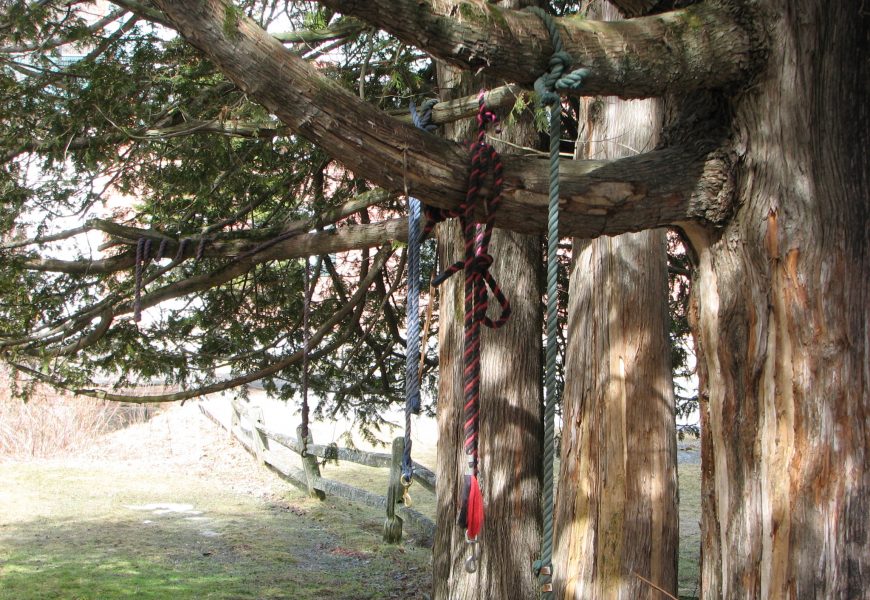
Although the specific connection between horses and real estate value has not been researched here at home, we can make a strong inference. City Data reports that the median income of Woodstock area residents is 20% above the statewide number and growing more quickly than the surrounding areas. The median house value is about 40% above the statewide amount. The population is also very stable in comparison to the state and country as a whole. What this means is that people who come here, stay here, and that’s good news for community viability and health.
Trails and Property Values
An American Horse Council study asserts that equine trails offer a 4 to 1 payback on investment for communities. That payback comes in the form of increased tax revenue because of higher property value, economic growth through ecotourism and medical cost savings from a healthier population.
A study in Oregon found that large natural forests have a greater positive impact on local property values than small urban parks. Homes located within 1,500 feet of a natural forest area enjoy an average value of $11,000 more than comparable homes not near the forest.
In Maryland, it was found that for a 1 percent increase in preserved agricultural land in Calvert County, the increase in housing values within a 1 mile radius generated $251,674 in municipal tax revenue – enough to purchase an additional 88 acres of park land in one year.
A study of the Little Miami Scenic Trail in Cincinnati, Ohio, a 12 mile hiking, biking, and riding trail, revealed that housing prices increased by $9 for every foot closer the property was to an access point on the trail. This translates to a $9,000 premium for a property that is 1,000 feet closer to the trail. All of this leads us to concur with the National Association of Homebuilders, who concluded in a 2008 study that “Trails consistently remain the number one community amenity sought by prospective homeowners.”
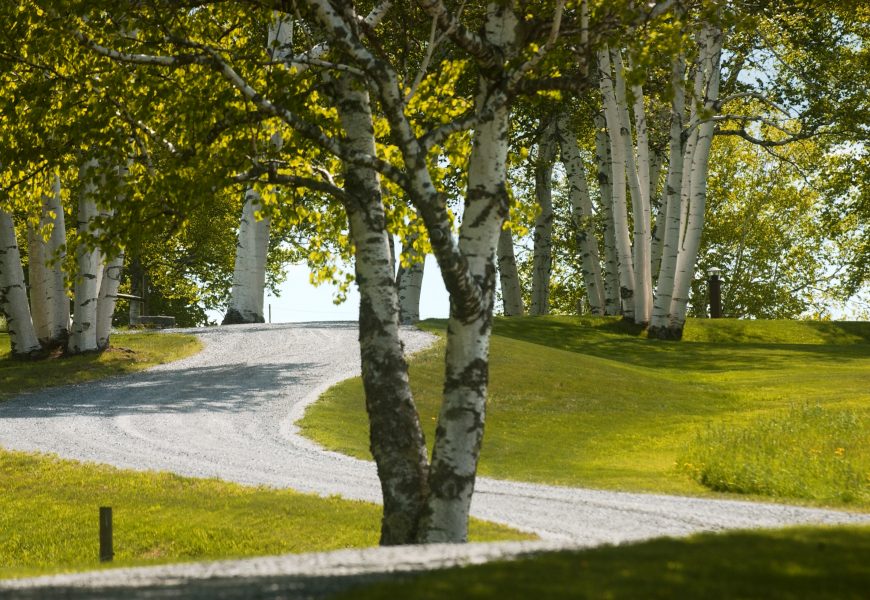
Trails and Healthy Communities
Good real estate investments can be found in many places, but locating near trails benefits quality of life – something that’s hard to quantify but undoubtedly valuable: reduced traffic congestion, cleaner air, flood control, wildlife habitat, water quality and healthy lifestyle in general are correlated with proximity to trails and open space. According to the Institute of Medicine, living close to recreational trails is consistently related to higher physical activity levels for both adults and youth. A Lincoln, Nebraska, study showed that for every $1 investment in trails for physical activity, the yield was $2.94 in direct medical benefit.
How to Keep It That Way
So, what is the point of all of this? Perhaps it seems quite obvious: GMHA is at the epicenter of a trail system that has multiple benefits to equestrians and the community as a whole. This sets us apart as a high value place to live, work and play. There is literally nothing like it in scope and size anywhere in New England. GMHA has become something of an island for equestrian recreation as New England and other northeastern states become increasingly more developed and significant trail networks disappear.
How do we ensure the health of a trail system that sustains our health as a community? We are not a community clustered around one large tract of public land, but rather a mosaic of small public and private tracts, connected by age-old footpaths, fields, and dirt roads. This makes our area especially vulnerable to fragmentation. The answer is not one magic bullet. It is a toolbox. In our next issue of GMHA magazine, we’ll look at the spectrum of trail preservation options. We’ll see how other equestrian trail communities around the U.S. are getting it done and how GMHA adapts those tools to our unique community profile. Finally, we’ll bring it home to you. Every GMHA member and supporter has a role in the health of our trails culture. You may be surprised at the difference you can make.
